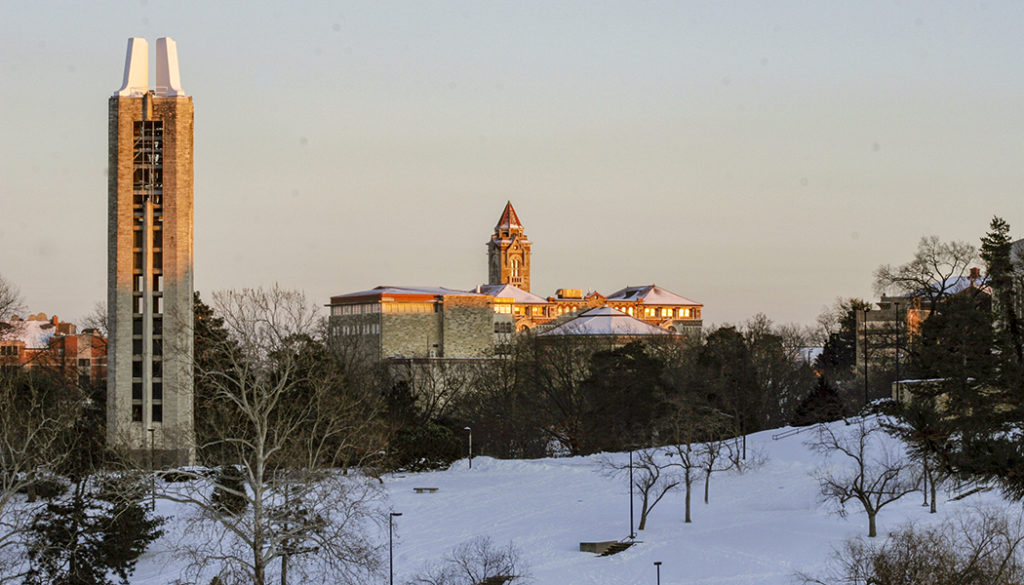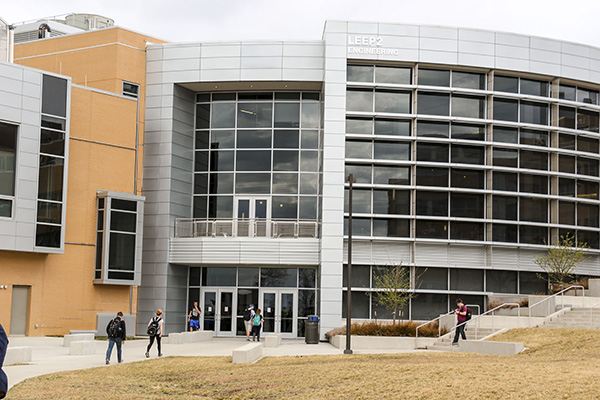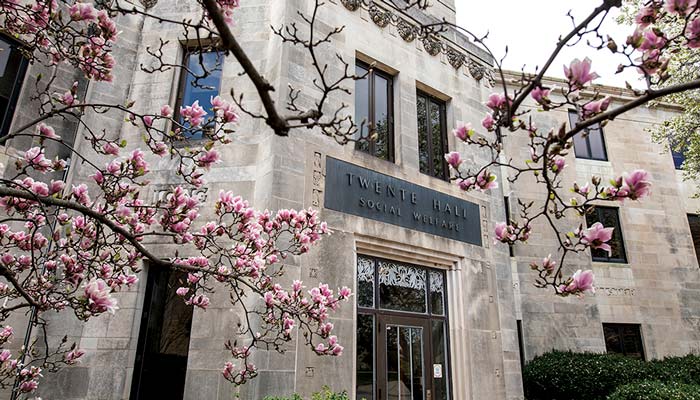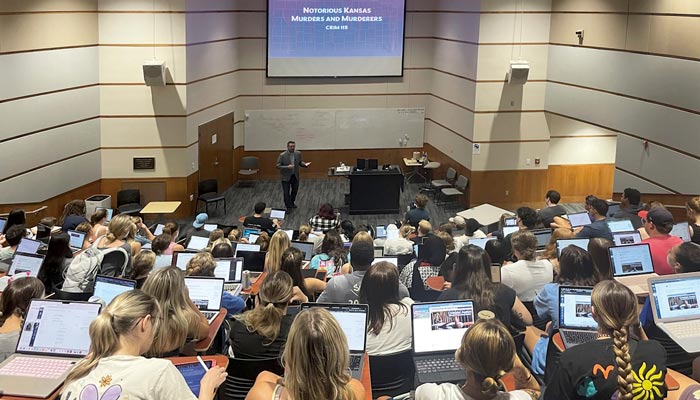Historic budget challenge
Stable state funding is vital amid daunting financial deficit

In his weekly video update Jan. 20, Chancellor Doug Girod didn’t mince words as he described Gov. Laura Kelly’s proposed fiscal year 2022 budget for higher education, which includes a 5.3% cut to the University’s base appropriations.
“This is a really tough starting point for us to swallow, quite honestly,” he told viewers. “We recognize the financial challenges the state is facing, but it does feel like higher ed got singled out in this instance. So we have a lot of work to do.”
Kelly’s recommendation would mean a $13.6 million reduction—in total dollars, the largest cut in KU history. The Lawrence and Edwards campuses would lose $7.6 million in basic operating funds; KU Medical Center would lose $6 million.
The governor also proposed 2.5% salary increases for state employees—except those in higher education. Instead, she asked for $10.4 million for the Kansas Board of Regents to distribute among universities and colleges at its discretion.
Amid the pandemic, KU already faces a projected fiscal year 2022 deficit of $74.6 million, nearly quadruple the painful $20 million cut that the Lawrence campus absorbed in FY 2019. Reductions in campus instruction and other activities have cost KU dearly in revenue from housing, dining, parking and events—on top of reduced tuition revenue; fall 2020 enrollment fell 2.8%, including an 18% drop in international students. Even after KU implemented $33.1 million in one-time savings through salary reductions and freezes and early retirement incentives, the looming deficit will demand furloughs and layoffs, cuts in academic programs and reduced services to Kansans. A further decrease in state funding would force even more dire decisions.
The Regents had asked the governor and the Kansas Legislature to maintain stable base-budget funding at last year’s level for all universities. In addition, Kansas industry leaders and the Regents proposed renewal of the 10-year Kansas Engineering Initiative Act, passed by the 2011 Legislature to provide more engineering graduates for the Kansas workforce. The KU School of Engineering and its counterparts at Kansas State and Wichita State universities each have received $3.5 million annually to expand, and each school matched that investment, with the goal to graduate a combined 1,365 engineers by 2021. The three surpassed that mark two years early, and in 2020 they turned out nearly 1,700 graduates.

Rich Smith, e’86, g’91, president and CEO of Henderson Engineers, is among the industry advocates for the program. He was the firm’s 50th employee when he was hired 27 years ago; Henderson now includes 500 employees in the Lenexa headquarters and more than 300 additional team members across nine U.S. cities. The company has relied heavily on engineers from Kansas schools, especially KU and K-State. “The firm has been built on the shoulders of that talent,” he says. “Twelve of our 15-member leadership team are KU or K-State grads.” Smith foresees continued demand. “We’re projecting 14 percent growth next year, and we’re going to lean on KU and K-State as much as we have in the past.” And though the firm’s reach in consulting stretches beyond the state’s borders, he says, “that money comes back here to Kansas.”
Vital investment also flows into the state from the KU research enterprise, which in FY 2019 attracted $263.9 million in outside funding, mainly from federal agencies. Research supports an average of 4,192 jobs annually, and KU discoveries have helped launch 44 new companies.
As the Legislature debates the FY 2022 budget in the weeks ahead, alumni voices will be critical in urging lawmakers to avoid further cuts to higher education and maintain stable funding for KU and the other universities.
To advocate for KU through Jayhawks for Higher Education, the Alumni Association’s statewide volunteer network, visit kualumni.org/jhe.
—Photographs by Susan Younger








